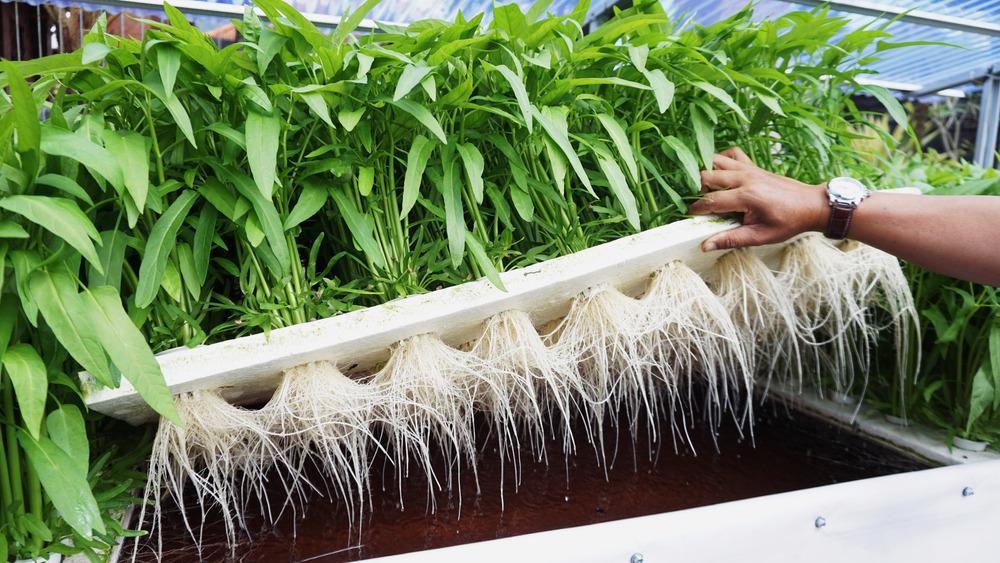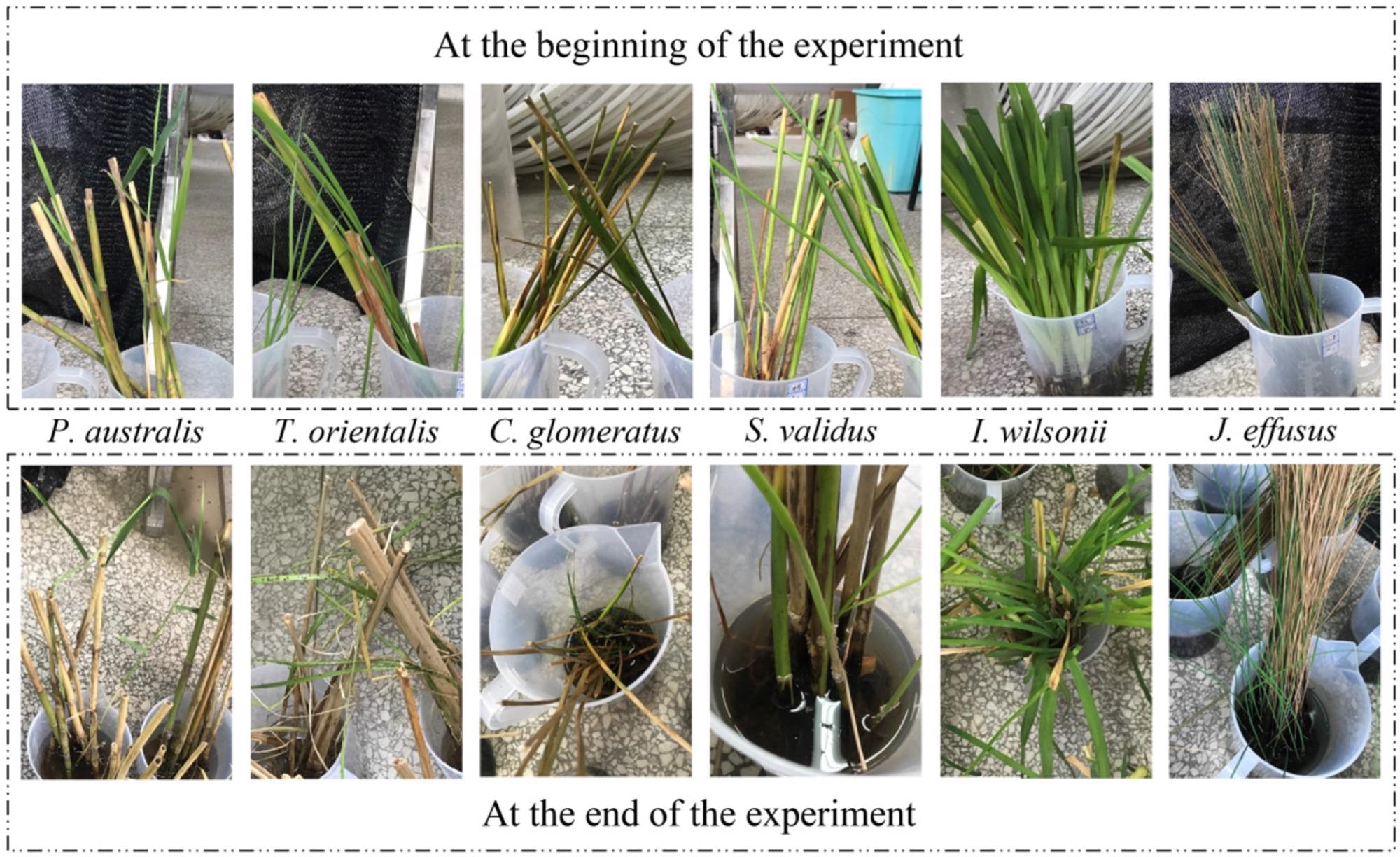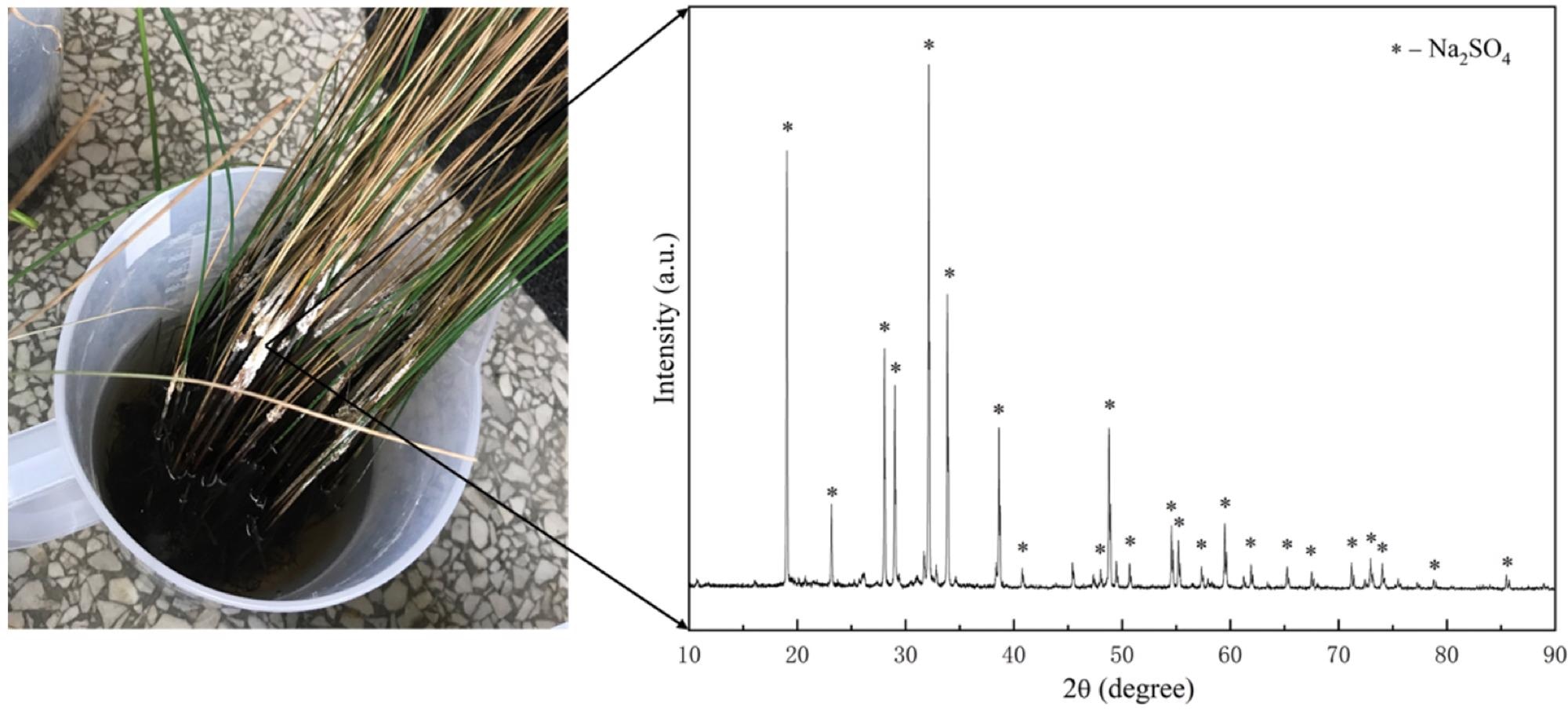The phenomenon of acid mine drainage represents a major source of environmental pollution, prompting the need for innovative solutions to minimize and address this. A new paper published in the journal Sustainability aims to better address this issue via the use of hydroponic experiments to investigate mechanisms of acid mine drainage and the potential benefits of phytoremediation technology.

Study: Experimental Study on the Hydroponics of Wetland Plants for the Treatment of Acid Mine Drainage. Image Credit: Bayu Widhi Nugroho/Shutterstock.com
Acid mine drainage typically occurs as sulfide minerals are exposed to oxidizing conditions following excavation processes – most commonly mining. This leads to sulfates, heavy metals, and other pollutants being discharged into the ground, ultimately reaching the soil and surrounding water bodies.
These compounds damage soil, causing crops to die and soil to degrade in quality. They also impact the growth and reproduction of aquatic organisms, potentially causing a risk to human health as they make their way into food chains via plants and animals.
Acid mine drainage has been shown to continue for hundreds of years, even after mining activities have ended. This long-term source of pollution is known to cause significant harm to local environments and ecosystems, prompting the urgent need for effective, efficient, and ideally affordable technologies able to treat this issue.

Comparison of the growth status of each plant before and after the experiment. Image Credit: Wu, A et al., Sustainability
A range of chemical, physical and biological processes have been employed in the quest to remediate the air, water, and soil contaminated by acid mine drainage. These methods have involved the addition of substances such as lime, calcium carbonate, or even caustic soda to help neutralize acidity, but these methods have been proven to be expensive and relatively inefficient.
New, more novel approaches to the treatment of acid mine drainage have seen the development of a substrate-microbial-plant composite ecosystem with physical, chemical, and biological triple synergy in the form of constructed wetlands.
These more environmentally friendly and efficient approaches have attracted considerable interest over recent years, with a significant focus on the use of wetland plants’ ability to eliminate pollutants from water bodies, improve and even replace vital ecosystems and habitats, and encourage the recycling and reuse of nutrients.
The choice of wetland plants in these systems is key, prompting the paper’s authors to investigate six different acid-tolerant wetland plants regularly found in China in order to evaluate their potential to remove the pollutants associated with acid mine drainage.

Sulfate concentrations in three concentrations of AMD vs. time. C1, C2 and C3 represent AMD with different sulfate concentrations. Image Credit: Wu, A et al., Sustainability
A series of hydroponic experiments were used to evaluate the plants’ ability to grow and thrive under various concentrations of acid mine drainage stress. They also assessed the plants’ ability to remove the pollutants associated with acid mine drainage by looking at the accumulation of these pollutants in the plants themselves.
The particular plants investigated were: Phragmites australis, Typha orientalis, Cyperus glomeratus, Scirpus validus, Iris wilsonii, and Juncus effusus.
The study found that all of the plants were able to achieve relatively consistent removal rates of Zn and Cd resulting from acid mine drainage, but their capacity to remove SO42 and Mn varied greatly.
Using these findings, it was possible to determine that Juncus effusus, Iris wilsonii, and Phragmites australis were more ideally suited for the treatment of acid mine drainage, meaning that any constructed wetlands seeking to address acid mine drainage should prioritize these plants in their construction.

Images and XRD patterns of precipitates on the plant surface. Image Credit: Wu, A et al., Sustainability
Perhaps most notably, the researchers found that there were two mechanisms involved in the plants’ ability to remove pollutants resulting from acid mine drainage. The plants themselves were able to absorb the pollutants, as well as helping to eliminate these via processes such as precipitation or hydrolysis.
The paper’s authors also noted that the plants initially absorbed sodium sulfate into themselves, excreting part of these as white crystals. This sulfate could potentially be removed by harvesting.
The goal of this work was to better optimize the selection of plants for constructed wetlands aiming to address and remediate acid mine drainage. Because the choice of wetland plants is central to the efficiency of pollutant removal as well as having a major impact on essential microorganism populations and wetland ecosystems, the selection and cultivation of the most appropriate, hardy, and efficient wetland plants is key to this process.
References
Wu, Aijing, Yongbo Zhang, Xuehua Zhao, Jiamin Li, Guowei Zhang, Hong Shi, Lina Guo, and Shuyuan Xu. 2022. "Experimental Study on the Hydroponics of Wetland Plants for the Treatment of Acid Mine Drainage" Sustainability 14, no. 4: 2148. https://www.mdpi.com/2071-1050/14/4/2148
Disclaimer: The views expressed here are those of the author expressed in their private capacity and do not necessarily represent the views of AZoM.com Limited T/A AZoNetwork the owner and operator of this website. This disclaimer forms part of the Terms and conditions of use of this website.